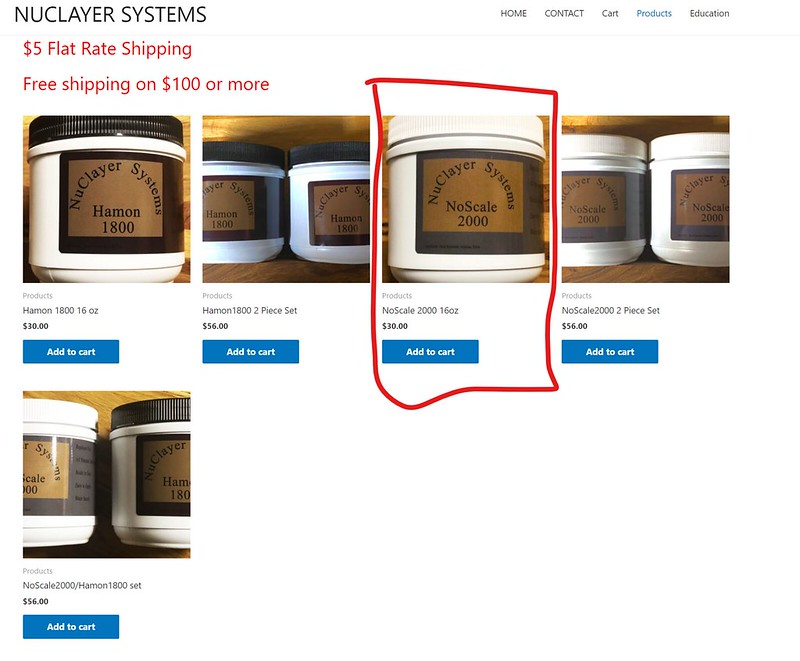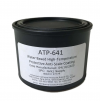- Joined
- Nov 15, 2005
- Messages
- 1,201
Has anyone tried this stuff out with success? I've never tried an anti-scaling compound, but have been interested in it ever since move from the forge to my DIY HT oven for hardening. With normalizing cycles included, I get a good deal of scale build up on my damascus and 1084 blades.
One option I've been thinking about trying is stainless foil wrapping.... which I still need to test out. (Can you oil quench with SS foil?... just curious)
Another option (other than "more extreme methods" like salt baths and nitrogen blankets) seems to be the anti-scaling compound. For those who use it:
1.) What are your general thoughts on the product?
2.) Any issues hardening with it on?
3.) Messy?
4.) Do you apply before normalization and keep the same coating on though hardening?
Cheers,
James
From Pop's Website Description:
One option I've been thinking about trying is stainless foil wrapping.... which I still need to test out. (Can you oil quench with SS foil?... just curious)
Another option (other than "more extreme methods" like salt baths and nitrogen blankets) seems to be the anti-scaling compound. For those who use it:
1.) What are your general thoughts on the product?
2.) Any issues hardening with it on?
3.) Messy?
4.) Do you apply before normalization and keep the same coating on though hardening?
Cheers,
James
From Pop's Website Description:
NoScale2000 is suitable for all steels stainless or carbon. Oil and water quench pops the coating off. Air or plate quench will leave a white coating. can be scrubbed off with warm water
Meant to be a thin paint. Mix well. Brushed with foam brush or sprayed with an air brush after thinning with water. Can be instantly dried with heat gun, torch or heat from a forge.
Good for all carbon and stainless steels to 2000 degrees in forge or furnace.
Water and oil quench pops the coating off leaving a surprisingly durable black finish.
Plate quenching leaves the coating intact-turns white. Can be scrubbed off with water and a nylon scrubber. Wire wheel works as well.
No coarser than #220 finish on stainless before applying the NoScale..
Also used as a thin edge coat for helping to create hamons.
Important notes:
1. Blade must be squeaky clean. I scrub them with thinned Noscale-wipe off with a paper towel.
2. Make sure you have full coverage on stainless. Even small pin holes will create pits.
3. Do not-I repeat-Do not contaminate the NoScale 2000 with the Hamon 1800. Will eat your stainless.
4. Looks to have an unlimited shelf life. Try not to let it dry out. But if it does, simply add water and let it soak. Overnight is best, but I know how we all work.
5. Thin or reconstitute with non-chlorinated water. Does not have to be distilled but no chlorine.


